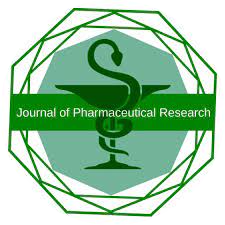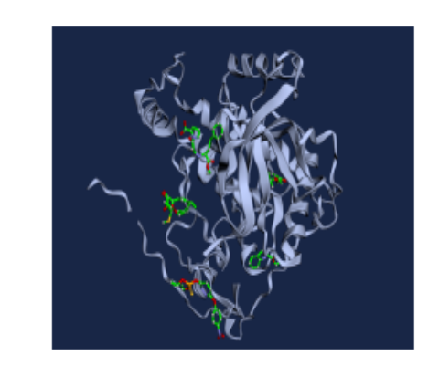


Journal of Pharmaceutical Research
DOI: 10.18579/jopcr/v24.i3.107
Year: 2025, Volume: 24, Issue: 3, Pages: 175–178
Original Article
Thomas Kurian1,∗, Rani Sebastian2
1Associate Professor, College of Pharmacy, Government Medical College, Alappuzha, Kerala, India
2Assistant Professor, College of Pharmacy, Government Medical College, Kottayam, Kerala, India
*Corresponding Author
Email: thomaskurian54@gmail.com
Heterocyclic compounds are important in biology and chemistry. Their therapeutic, chemical, and physical characteristics are distinct. A computer simulation method called molecular docking is used to identify potential drug candidates that can attach to a protein's active site. This study examined the anticancer properties of five heterocyclic compounds using molecular docking with PyRX 0.8 and MZ dock software. The primary focus was on the co-crystallized human cyclin-dependent kinase 2 (cdk2) complex with the oncoprotein PDGFRA 6JQI and receptor 3EZV, CDK-2 with indazole inhibitor nine bound at its active site. The toxicity of the lead molecule was also assessed using PROTOX 0.3 software. SWISS ADME software computed bioavailability and confirmed the results. According to the findings, ligands like ethyl 2,3-dihydro-1h-indole-2-carboxylate, (2S,3R,4R,5S,6R)-2-[4-chloro-3-[(4-ethoxyphenyl) methyl] phenyl]-6-methylsulfanyloxane-3,4,5-triol were identified as promising candidates and were validated against the well-known drug imatinib. The SWISS ADME data showed that the selected lead compounds had favourable ADME profiles. Despite the need for more research, these results imply that the lead compounds might be valuable additions to medicine. The safety and effectiveness of these heterocyclic compounds as possible therapeutic agents require more investigation, especially in vivo studies.
Keywords: In-silico, Cancer, Heteroaromatic, Aromatic, MZ-DOCK
© 2025 Published by Krupanidhi College of Pharmacy. This is an open-access article under the CC BY-NC-ND license (https://creativecommons.org/licenses/by-nc-nd/4.0/)
Subscribe now for latest articles and news.